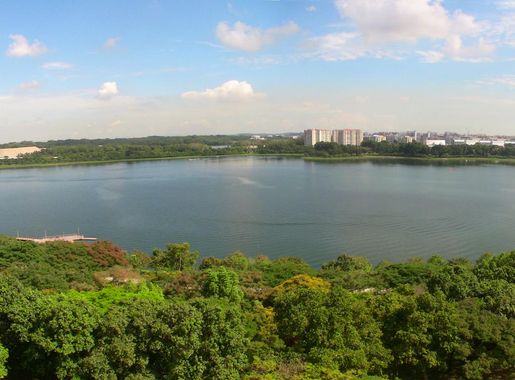
Tampines: The Heartbeat of Eastern Singapore
Explore Tampines: A vibrant neighborhood in eastern Singapore, offering a mix of shopping, nature, culture, and cuisine for an enriching and relaxing travel experience.
Welcome to Tampines, a vibrant neighborhood located in the eastern part of Singapore. Known for its family-friendly atmosphere, Tampines is a blend of modernity and tradition, making it an ideal destination for tourists seeking a more relaxed yet enriching experience. Tampines boasts an impressive array of shopping malls, such as Tampines Mall, Century Square, and Tampines 1. Each mall offers a variety of retail outlets, dining options, and entertainment facilities. Whether you are looking for high-end fashion, local delicacies, or a simple cup of coffee, these malls have you covered. Nature lovers will find solace in the serene parks and green spaces that dot the area. Tampines Eco Green Park is a must-visit, offering lush greenery, walking trails, and bird-watching opportunities. Nearby, the Bedok Reservoir Park provides a scenic spot for water sports, jogging, or simply enjoying a peaceful evening by the water. Cultural enthusiasts will appreciate the local temples and community centers that showcase the rich heritage and diverse cultures of Singapore. The Tampines Chinese Temple and the Darul Ghufran Mosque are notable landmarks that offer a glimpse into the spiritual life of the local community. Foodies will be delighted by the variety of culinary options available in Tampines. From hawker centers offering traditional Singaporean dishes to upscale restaurants serving international cuisine, there is something to satisfy every palate. Be sure to try local favorites like laksa, chicken rice, and satay. With its blend of shopping, nature, culture, and cuisine, Tampines offers a well-rounded and enjoyable experience for all types of travelers. Come and discover the heartbeat of eastern Singapore.
Local tips in Tampines
- Visit the Tampines Eco Green Park early in the morning for the best bird-watching experience.
- Check out the local hawker centers for affordable and delicious traditional Singaporean food.
- Use public transport like the MRT and buses for easy and cost-effective travel around Tampines.
- Don’t miss the night markets on weekends for unique local crafts and street food.
- Carry an umbrella or raincoat, as Singapore's weather can be unpredictable.
Tampines: The Heartbeat of Eastern Singapore
Welcome to Tampines, a vibrant neighborhood located in the eastern part of Singapore. Known for its family-friendly atmosphere, Tampines is a blend of modernity and tradition, making it an ideal destination for tourists seeking a more relaxed yet enriching experience. Tampines boasts an impressive array of shopping malls, such as Tampines Mall, Century Square, and Tampines 1. Each mall offers a variety of retail outlets, dining options, and entertainment facilities. Whether you are looking for high-end fashion, local delicacies, or a simple cup of coffee, these malls have you covered. Nature lovers will find solace in the serene parks and green spaces that dot the area. Tampines Eco Green Park is a must-visit, offering lush greenery, walking trails, and bird-watching opportunities. Nearby, the Bedok Reservoir Park provides a scenic spot for water sports, jogging, or simply enjoying a peaceful evening by the water. Cultural enthusiasts will appreciate the local temples and community centers that showcase the rich heritage and diverse cultures of Singapore. The Tampines Chinese Temple and the Darul Ghufran Mosque are notable landmarks that offer a glimpse into the spiritual life of the local community. Foodies will be delighted by the variety of culinary options available in Tampines. From hawker centers offering traditional Singaporean dishes to upscale restaurants serving international cuisine, there is something to satisfy every palate. Be sure to try local favorites like laksa, chicken rice, and satay. With its blend of shopping, nature, culture, and cuisine, Tampines offers a well-rounded and enjoyable experience for all types of travelers. Come and discover the heartbeat of eastern Singapore.
When is the best time to go to Tampines?
Iconic landmarks you can’t miss
Tampines Mall
Discover the ultimate shopping experience at Tampines Mall, Singapore's vibrant hub featuring over 200 stores and diverse dining options.
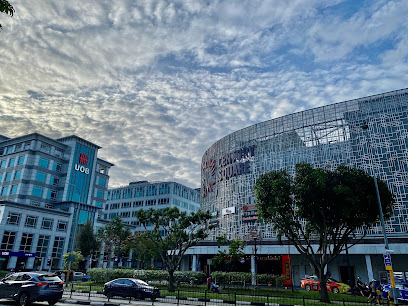
Our Tampines Hub
Explore the vibrant Our Tampines Hub, Singapore's premier community center offering shopping, sports, and culinary delights for everyone.
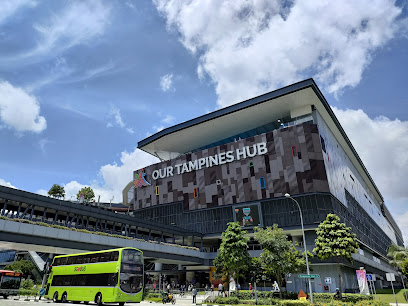
Tampines 1
Experience the best of shopping, dining, and entertainment at Tampines 1, Singapore's vibrant shopping destination in the heart of Tampines.
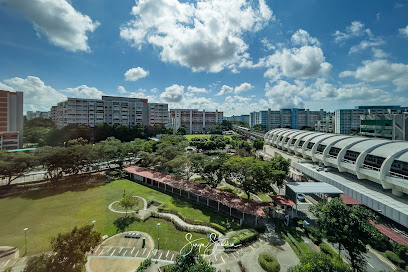
Century Square
Explore Century Square, a vibrant shopping mall in Tampines, Singapore, offering diverse retail, dining, and entertainment options for every traveler.

Tampines Round Market & Food Centre
Experience the vibrant culinary scene at Tampines Round Market & Food Centre, where local flavors meet affordability in the heart of Singapore.
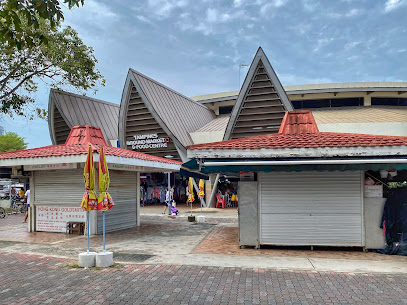
Former House of Tan Teng Niah
Discover the colorful legacy of the Former House of Tan Teng Niah, a historical landmark embodying Singapore’s rich multicultural heritage in Little India.
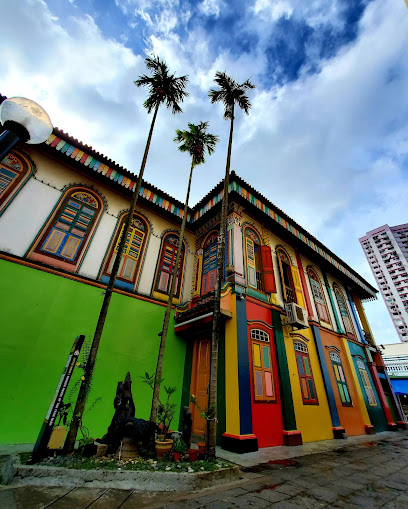
POPULAR Bookstore
Explore POPULAR Bookstore in Singapore for an extensive selection of books and stationery, nestled in the heart of Tampines Mall.
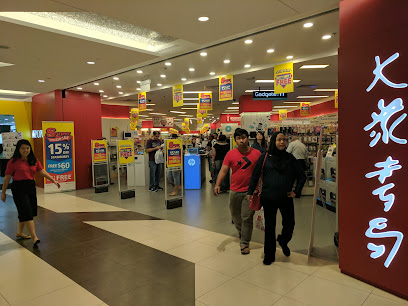
Tipsy Penguin
Experience the vibrant atmosphere of Tipsy Penguin, Singapore's top gastropub blending delicious cuisine and an extensive drink selection for an unforgettable night out.
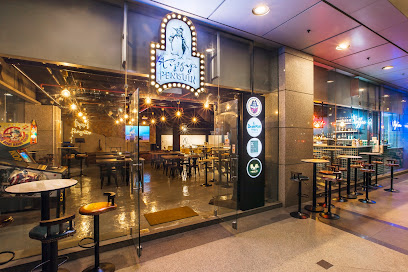
SAFRA Tampines
Explore SAFRA Tampines: Your Ultimate Recreation Center for Fitness, Fun, and Family Activities in Singapore.
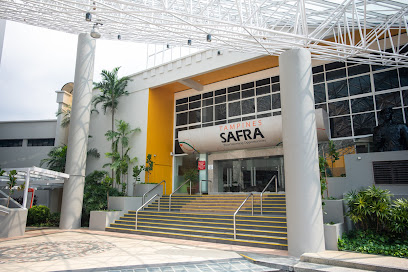
Al Mahboob Rojak
Savor the authentic flavors of Singapore at Al Mahboob Rojak, a halal haven for food lovers in Tampines, known for its delectable rojak and diverse menu.
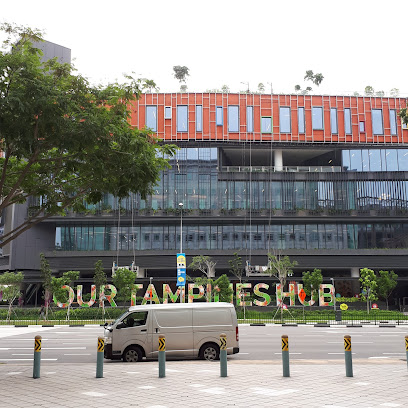
Fort Canning Tree Tunnel
Explore the serene beauty of Fort Canning Tree Tunnel, a lush urban oasis in Singapore rich in history and natural wonder.
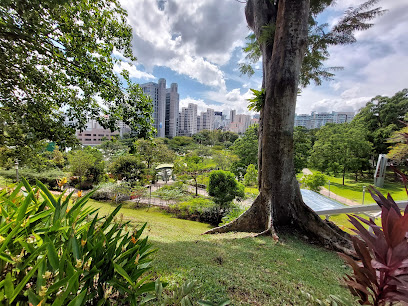
Sun Plaza Park
Discover the peaceful charm of Sun Plaza Park in Tampines, a perfect blend of nature and recreation for tourists and locals alike.
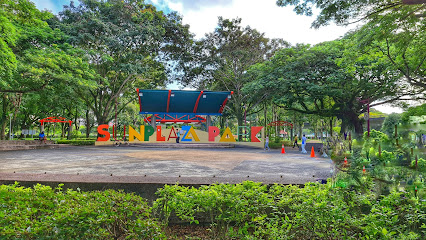
Masjid Darul Ghufran
Discover the architectural beauty and serene atmosphere of Masjid Darul Ghufran, a must-visit mosque in Singapore's Tampines district.
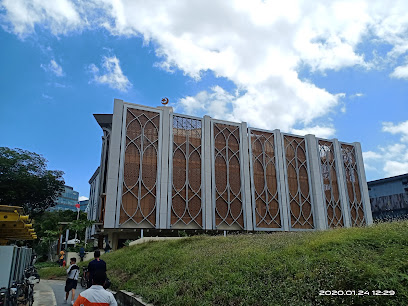
Tampines Eco Green
Discover tranquility and biodiversity at Tampines Eco Green, an eco-friendly park offering lush landscapes and serene walking trails in Singapore.
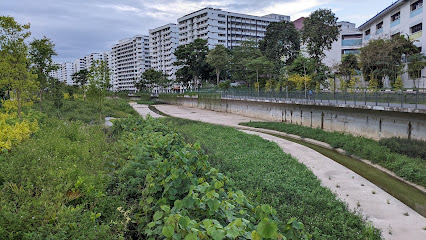
Three's A Crowd
Discover delightful halal treats and desserts at Three's A Crowd in Tampines, a must-visit cafe for food lovers in Singapore.
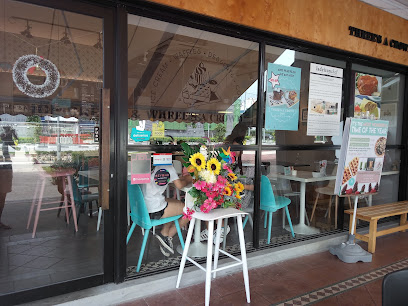
Unmissable attractions to see
Jewel Changi Airport
Experience the architectural marvel of Jewel Changi Airport, where nature meets shopping, dining, and entertainment in Singapore's iconic destination.
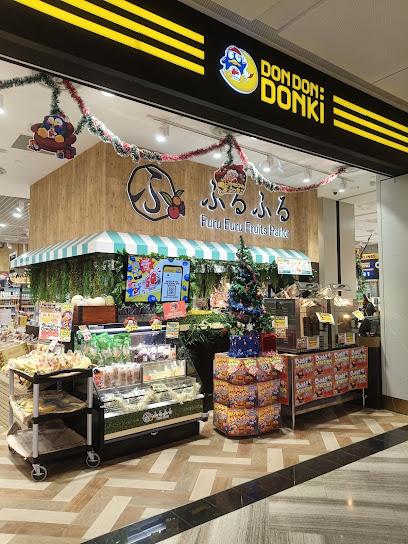
Singapore Changi Airport
Experience the extraordinary at Singapore Changi Airport, where travel meets leisure with lush gardens, shopping, and dining galore.
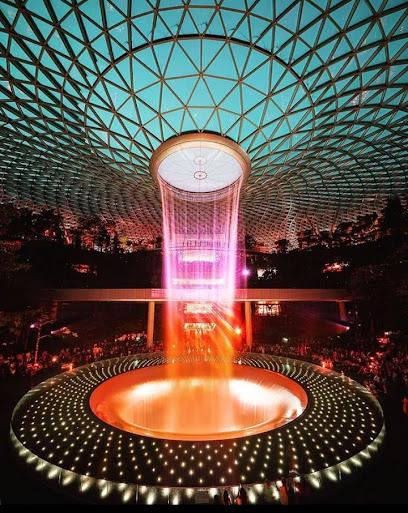
East Coast Park
Experience the perfect blend of natural beauty and recreational activities at East Coast Park, Singapore's ultimate urban oasis.
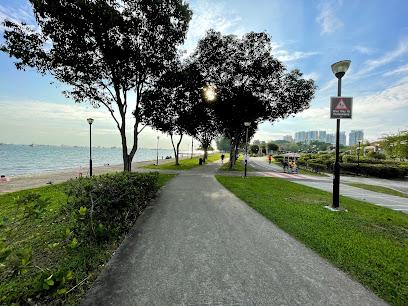
Changi Beach Park
Discover the tranquil beauty of Changi Beach Park in Singapore, where lush greenery meets stunning coastal views for an unforgettable outdoor experience.
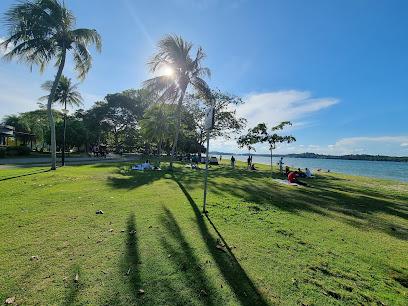
Welcome to Batam Sign
Experience the warmth of Batam at the iconic Welcome to Batam Sign, a must-see attraction for every tourist exploring Indonesia's Riau Islands.
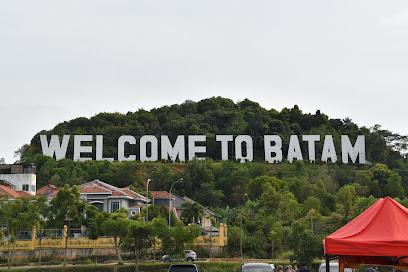
Pasir Ris Town Park
Explore the lush landscapes and recreational charm of Pasir Ris Town Park, a serene haven in Singapore perfect for relaxation and outdoor fun.
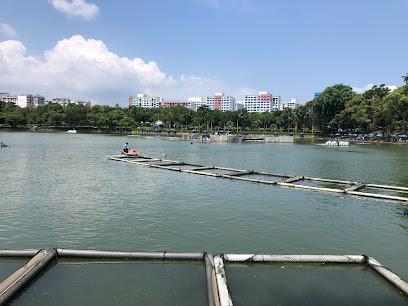
Alun Alun Batam Centre
Experience tranquility and cultural richness at Alun Alun Batam Centre, a vibrant park in the heart of Batam City, perfect for relaxation and exploration.
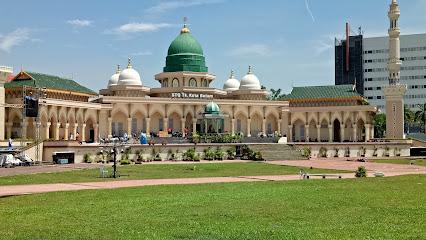
Adventure Waterpark Desaru Coast
Experience the thrill of Adventure Waterpark Desaru Coast, Johor's ultimate water park for family fun and adventure under the sun.

Wild Wild Wet
Experience the ultimate fun at Wild Wild Wet, Singapore's top water park with thrilling slides, relaxing pools, and family-friendly attractions.
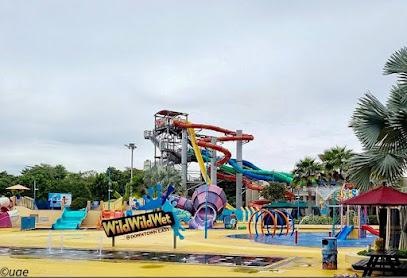
J2 Terrarium | J2 Studio & Workshop
Discover the art of terrarium-making at J2 Terrarium in Singapore, a unique workshop experience blending creativity with nature.
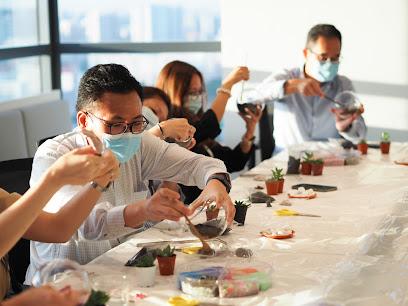
Bedok Reservoir Park
Explore the serene beauty of Bedok Reservoir Park in Singapore, a perfect blend of nature, recreation, and relaxation.
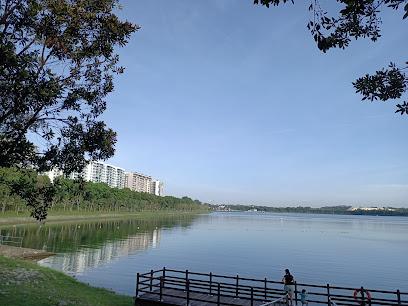
Bedok Reservoir Park
Unwind in the natural beauty of Bedok Reservoir Park, Singapore's serene escape for outdoor adventures and scenic views.

Desaru Fruit Farm
Explore the lush landscapes and vibrant flavors of Desaru Fruit Farm, where adventure meets agriculture in the heart of Johor.
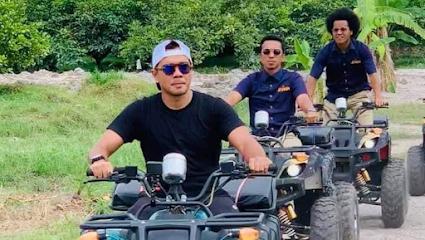
Desaru Beach
Discover the serene beauty of Desaru Beach, Malaysia's coastline paradise, perfect for relaxation, adventure, and unforgettable sunsets.
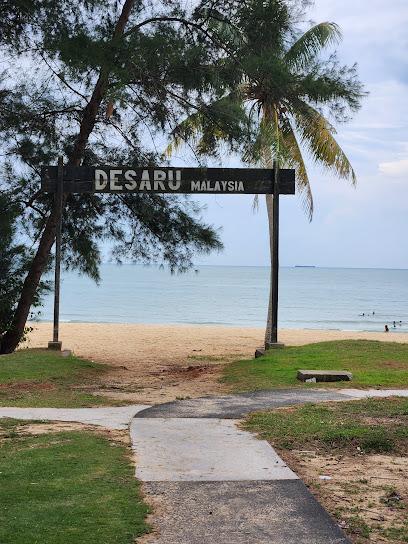
Punggol Park
Discover the lush landscapes and peaceful ambiance of Punggol Park, a picturesque haven for outdoor activities and relaxation in Singapore.
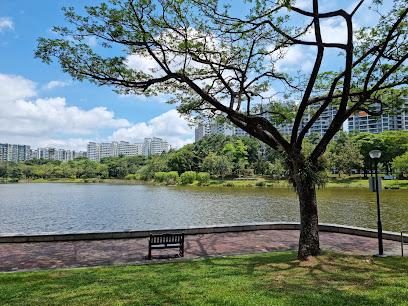
Essential places to dine
Tampines Round Market & Food Centre
Experience authentic Singaporean cuisine at Tampines Round Market & Food Centre – a food lover's paradise filled with delicious local dishes.
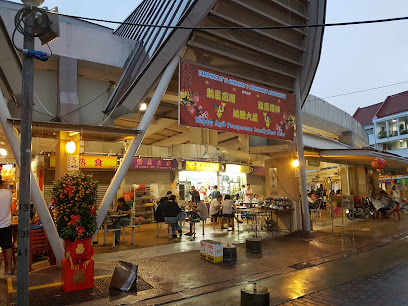
PUTIEN Tampines Mall
Experience the authentic taste of Fujian cuisine at PUTIEN Tampines Mall – where tradition meets modern dining excellence.
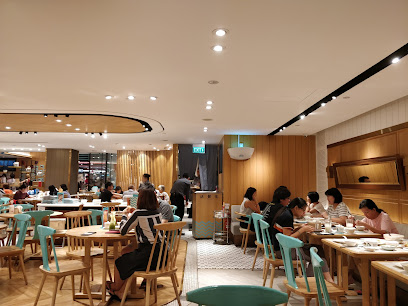
Seorae Korean Charcoal BBQ (Tampines Mall)
Discover the flavors of Korea at Seorae Korean Charcoal BBQ in Tampines Mall - where grilling meets tradition in every bite.
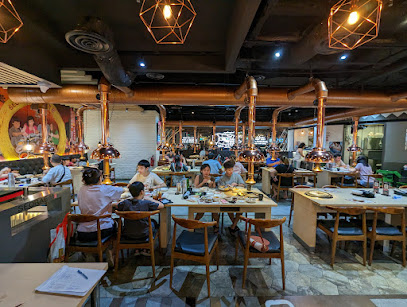
Saffrons @ 201D
Savor authentic halal dishes at Saffrons @ 201D in Tampines - where local flavors meet vibrant dining.
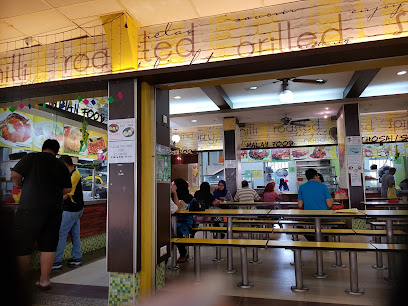
Al Makan
Explore Al Makan in Tampines: A delightful restaurant offering exquisite breakfast options and exceptional coffee in Singapore.
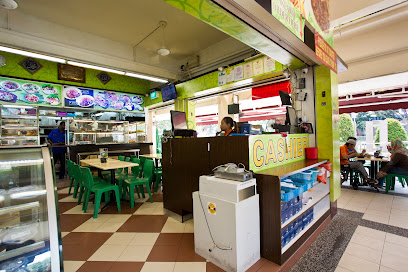
探鱼烤鱼 - TANYU Tampines 1
Discover authentic Chinese cuisine at TANYU Tampines 1 - home to exquisite grilled fish dishes in a vibrant setting.
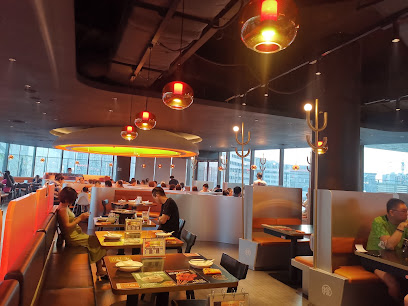
Afghanistan Family Restaurant
Discover authentic Afghan cuisine at Afghanistan Family Restaurant in Tampines—where every meal is a flavorful journey into tradition.
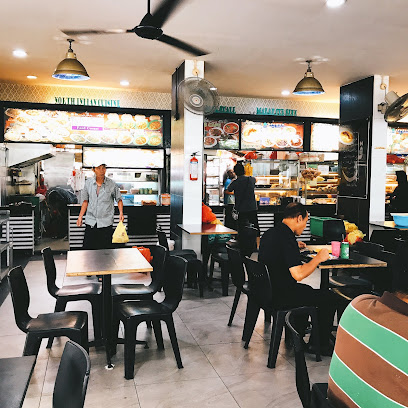
Tipsy Penguin
Experience culinary excellence at Tipsy Penguin - Singapore's top gastropub featuring delicious dishes and vibrant nightlife.
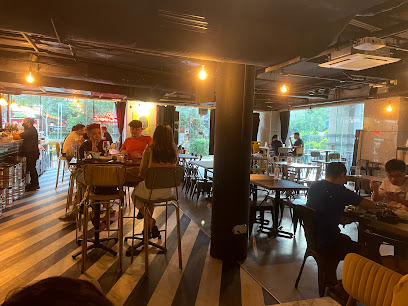
GoodYear Seafood Village Tampines (Zi Char and Bak Kut Teh)
Experience authentic seafood dishes at GoodYear Seafood Village in Tampines—where tradition meets flavor in every bite.
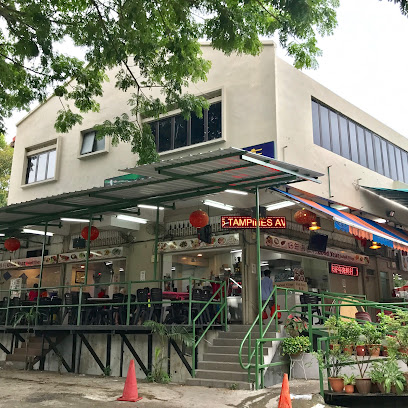
iSTEAKS @ Tampines 1
Experience the ultimate steak dining at iSTEAKS @ Tampines 1 – where quality meets flavor in every bite.
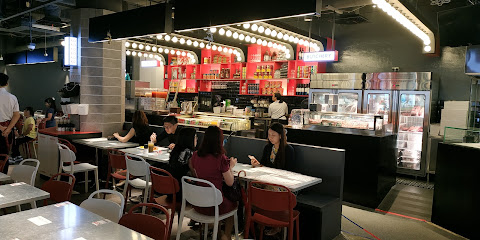
Nando's Tampines Mall
Experience the vibrant flavors of Portuguese cuisine at Nando's Tampines Mall - home of the famous peri-peri chicken in Singapore.
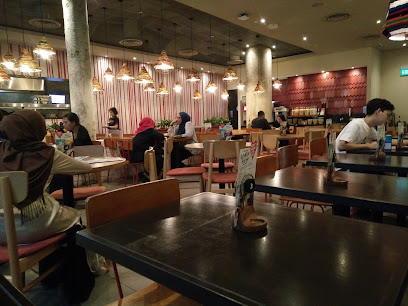
Zi Zai Vegetarian (Tampines)
Discover vibrant vegetarian cuisine at Zi Zai Vegetarian in Tampines – where health meets flavor in every bite!
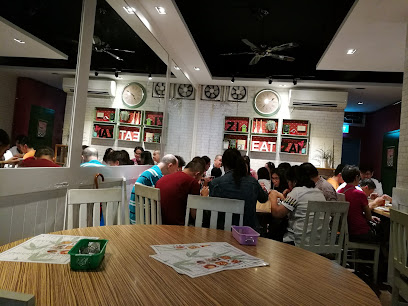
Din Tai Fung
Experience the authentic taste of Taiwan at Din Tai Fung, renowned for its exquisite dumplings and vibrant atmosphere in Singapore.
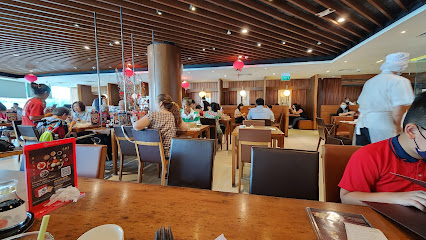
Guzman y Gomez - Our Tampines Hub
Experience the vibrant flavors of Mexico at Guzman y Gomez in Our Tampines Hub—where authentic cuisine meets fast-casual dining.
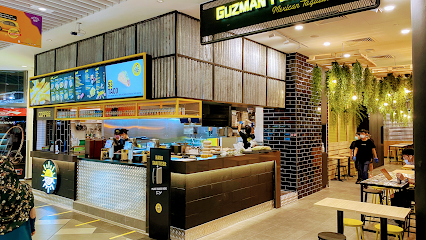
Wok Master - Changi City Point
Experience authentic Chinese cuisine at Wok Master in Changi City Point, where every dish is crafted with passion and tradition.
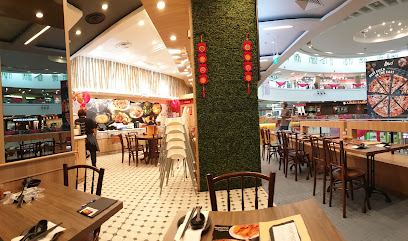
Markets, malls and hidden boutiques
Tampines Mall
Discover a vibrant shopping experience at Tampines Mall in Singapore, featuring diverse stores, delightful dining, and exciting entertainment options.

Tampines 1
Experience the best of shopping, dining, and entertainment at Tampines 1, Singapore's vibrant mall in the heart of the city.
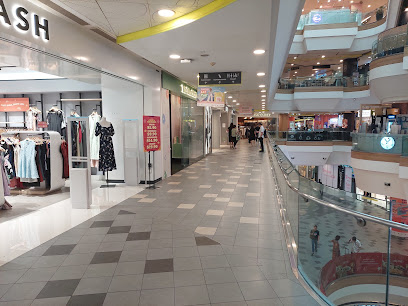
Eastpoint Mall
Explore Eastpoint Mall, Singapore's vibrant shopping destination featuring diverse stores, dining options, and family-friendly entertainment.
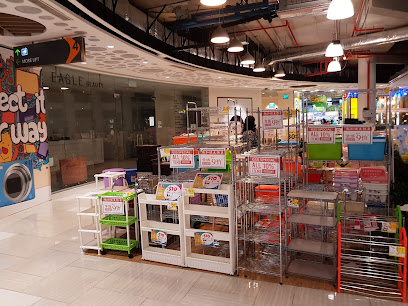
Century Square
Explore Century Square, Singapore's premier shopping mall offering a blend of retail therapy, culinary delights, and family-friendly entertainment.

Tampines N2 Shopping Street
Explore Tampines N2 Shopping Street, a thriving hub of shopping, dining, and entertainment in Singapore's vibrant Tampines district.
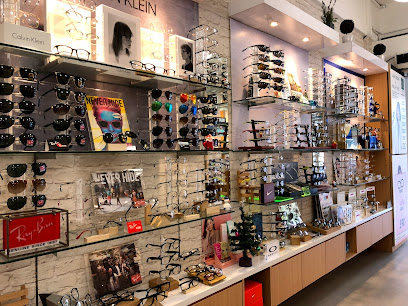
POPULAR Bookstore
Explore a world of literature at POPULAR Bookstore in Tampines Mall, a must-visit destination for book lovers in Singapore.
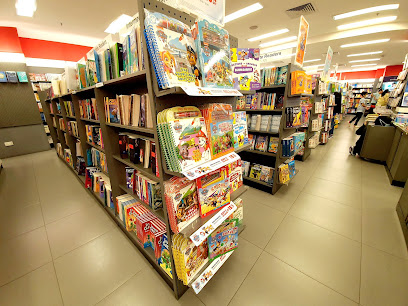
Tampines Mart
Explore the vibrant shopping and culinary delights at Tampines Mart, a must-visit destination in Singapore for tourists.

Isetan Tampines
Explore Isetan Tampines for an unparalleled shopping experience featuring fashion, cosmetics, and unique local products in Singapore's vibrant Tampines Mall.
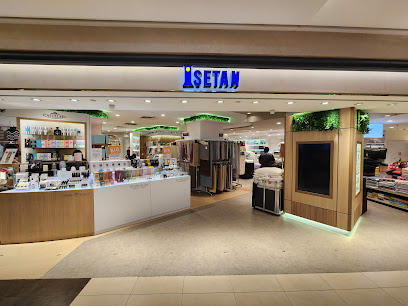
Decathlon - Tampines (2Hrs Click & Collect)
Explore Decathlon - Tampines for quality sports gear at unbeatable prices, perfect for every active lifestyle in Singapore.
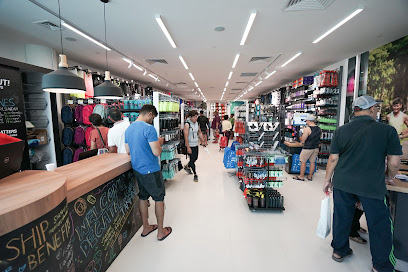
MUJI @ Tampines 1
Explore the charm of MUJI @ Tampines 1, where simplicity meets functionality in a variety store that embodies Japanese design.
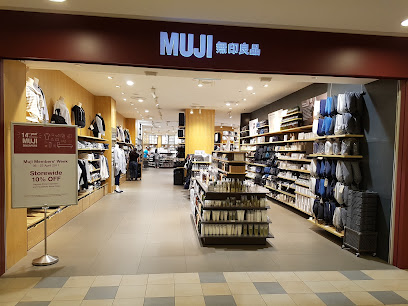
T For Toys - Toy Store
Explore the enchanting world of toys and gifts at T For Toys, Singapore's premier destination for unique and educational products.

ALLU Singapore (Tampines) We Buy Watch, Bag, Jewellery and Branded Items
Explore ALLU Singapore for exquisite second-hand luxury items, from designer bags to fine jewelry, all in a welcoming atmosphere.
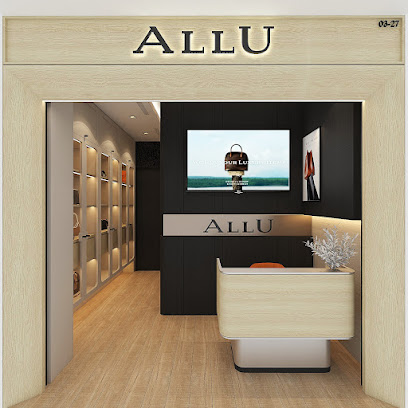
Mothercare Tampines Mall
Explore Mothercare Tampines Mall for an extensive range of baby and children's products in a family-friendly shopping environment.
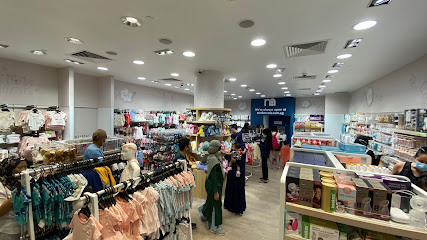
Cotton On Tampines
Explore Cotton On Tampines for a unique shopping experience featuring Australian fashion and trendy clothing for all ages.

UNIQLO Tampines Mall (Same Day Click & Collect)
Explore UNIQLO at Tampines Mall: stylish, affordable fashion for everyone in the heart of Singapore.

Essential bars & hidden hideouts
Stella Seaside Lounge
Experience the tranquil charm of Stella Seaside Lounge, where stunning coastal views meet delightful dining and relaxation in Singapore.
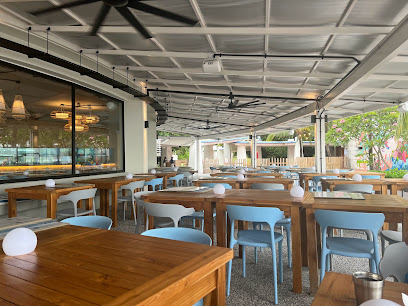
Tipsy Penguin
Experience the vibrant atmosphere and delicious offerings of Tipsy Penguin, a local gastropub gem in the heart of Tampines, Singapore.
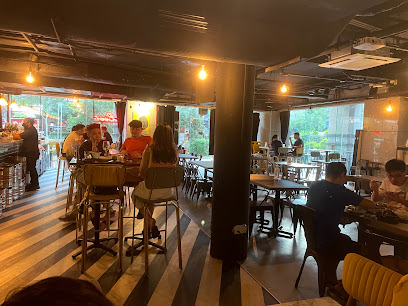
Jigger & Pony
Experience the vibrant nightlife of Singapore at Jigger & Pony, where innovative cocktails meet a chic atmosphere.
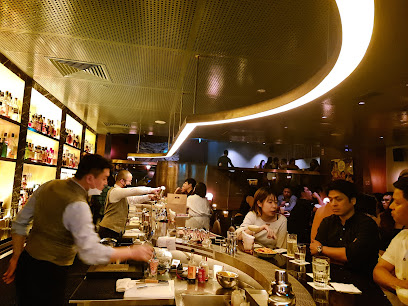
georges @ The Cove
Experience the best in grilled cuisine at Georges @ The Cove, a top-rated grill restaurant in Singapore's scenic Pasir Ris area.
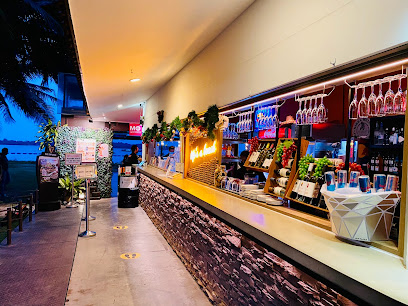
iSTEAKS @ Tampines 1
Discover the savory world of steak and pasta at iSTEAKS @ Tampines 1, a must-visit restaurant for food lovers in Singapore.
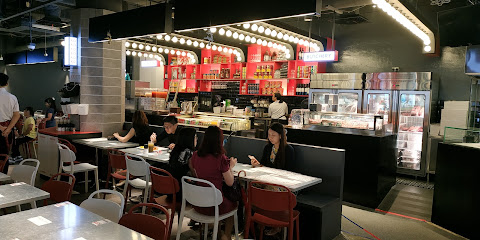
The Bark Cafe
Discover The Bark Cafe in Changi, where delicious grilled cuisine meets live music and darting fun, perfect for a memorable night out.
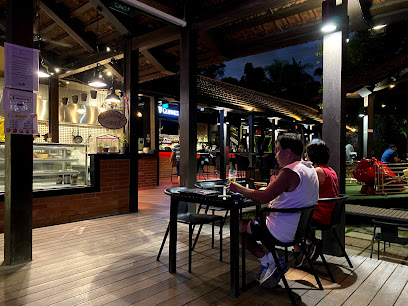
Harry's Tampines
Experience the vibrant flavors of Western cuisine at Harry's Tampines, a lively bar and restaurant that caters to all tastes in Singapore.
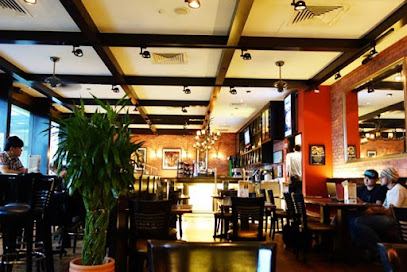
Burp Kitchen & Bar (Bedok Reservoir)
Experience vibrant dining and crafted cocktails at Burp Kitchen & Bar, where delicious food meets stunning views of Bedok Reservoir.
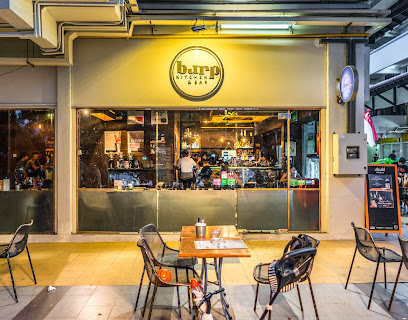
7th Heaven KTV and Cafe
Discover the ultimate karaoke experience at 7th Heaven KTV and Cafe, where delicious food meets lively entertainment in Singapore's Tampines.
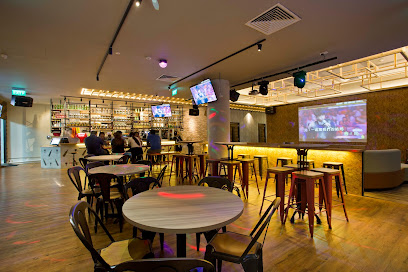
JEWEL MUSIC BOX PASIR RIS
Experience the excitement of karaoke at Jewel Music Box Pasir Ris, Singapore's ultimate destination for music lovers and partygoers.
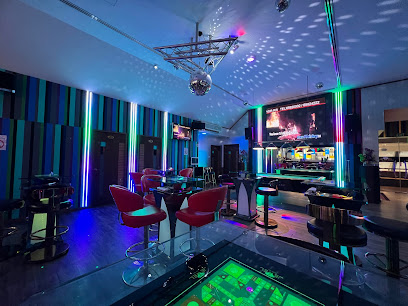
OBAR LiveHouse
Discover OBAR LiveHouse in Pasir Ris, where live music meets delicious dining and an energetic bar atmosphere for an unforgettable night.
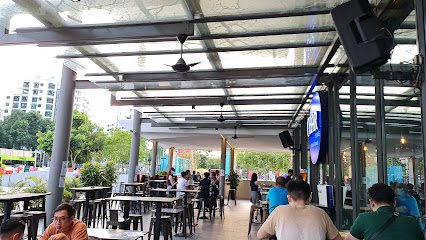
HaveFun Karaoke & Live Music Bar (Downtown East)
Experience the ultimate karaoke fun at HaveFun Karaoke & Live Music Bar in Downtown East, Singapore's lively nightlife hub.
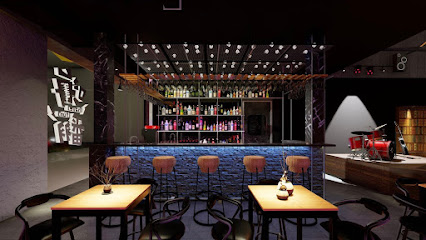
TAG Restaurant & Bar
Discover the perfect blend of culinary delights and vibrant nightlife at TAG Restaurant & Bar in Singapore.
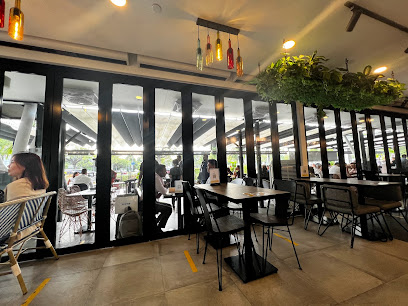
Overflow Bar
Experience the perfect blend of relaxation and flavor at Overflow Bar in Singapore Changi Airport, where innovative cocktails and a serene ambiance await.
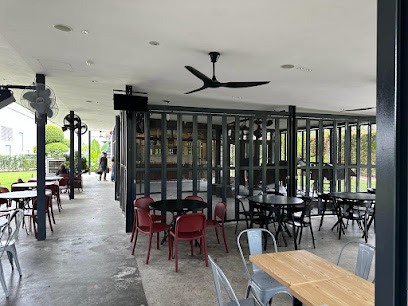
K Voice Karaoke
Experience the ultimate karaoke adventure at K Voice Karaoke in Tampines Hub, Singapore, where every song is a chance to shine.
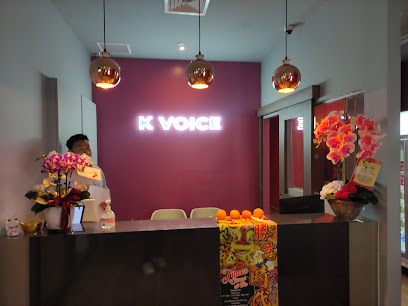
Local Phrases
-
- Hello你好
[Nǐ hǎo] - Goodbye再见
[Zàijiàn] - Yes是
[Shì] - No不是
[Bù shì] - Please/You're welcome请
[Qǐng] - Thank you谢谢
[Xièxiè] - Excuse me/Sorry对不起
[Duìbùqǐ] - How are you?你好吗?
[Nǐ hǎo ma?] - Fine. And you?很好,你呢?
[Hěn hǎo, nǐ ne?] - Do you speak English?你会说英文吗?
[Nǐ huì shuō yīngwén ma?] - I don't understand我不懂
[Wǒ bù dǒng]
- Hello你好
-
- I'd like to see the menu, please请给我看菜单
[Qǐng gěi wǒ kàn càidān] - I don't eat meat我不吃肉
[Wǒ bù chī ròu] - Cheers!干杯!
[Gānbēi!] - I would like to pay, please我想付账,请
[Wǒ xiǎng fù zhàng, qǐng]
- I'd like to see the menu, please请给我看菜单
-
- Help!救命!
[Jiùmìng!] - Go away!走开!
[Zǒu kāi!] - Call the Police!报警!
[Bàojǐng!] - Call a doctor!叫医生!
[Jiào yīshēng!] - I'm lost我迷路了
[Wǒ mílùle] - I'm ill我病了
[Wǒ bìngle]
- Help!救命!
-
- I'd like to buy...我想买...
[Wǒ xiǎng mǎi...] - I'm just looking我只是看看
[Wǒ zhǐ shì kàn kàn] - How much is it?多少钱?
[Duōshǎo qián?] - That's too expensive太贵了
[Tài guìle] - Can you lower the price?可以便宜点吗?
[Kěyǐ piányi diǎn ma?]
- I'd like to buy...我想买...
-
- What time is it?现在几点?
[Xiànzài jǐ diǎn?] - It's one o'clock一点钟了
[Yī diǎn zhōngle] - Half past (10)十点半
[Shí diǎn bàn] - Morning早上
[Zǎoshang] - Afternoon下午
[Xiàwǔ] - Evening晚上
[Wǎnshàng] - Yesterday昨天
[Zuótiān] - Today今天
[Jīntiān] - Tomorrow明天
[Míngtiān] - 1一
[Yī] - 2二
[Èr] - 3三
[Sān] - 4四
[Sì] - 5五
[Wǔ] - 6六
[Liù] - 7七
[Qī] - 8八
[Bā] - 9九
[Jiǔ] - 10十
[Shí]
- What time is it?现在几点?
-
- Where's a/the...?......在哪里?
[...... Zài nǎlǐ?] - What's the address?地址是什么?
[Dìzhǐ shì shénme?] - Can you show me (on the map)?可以给我看(地图)吗?
[Kěyǐ gěi wǒ kàn (dìtú) ma?] - When's the next (bus)?下一班(公共汽车)什么时候?
[Xià yī bān (gōnggòng qìchē) shénme shíhòu?] - A ticket (to ....)一张票(到......)
[Yī zhāng piào (dào......)]
- Where's a/the...?......在哪里?
History of Tampines
-
Tampines, named after the 'tempinis' tree (Streblus elongatus) that once thrived in the area, started as a forested region rich in natural resources. Indigenous Malay communities lived off the land, practicing subsistence farming and fishing. The name 'Tampines' itself is a nod to the area's abundant natural heritage.
-
During the British colonial era in the late 19th and early 20th centuries, Tampines saw a transformation with the establishment of rubber plantations. The British leveraged the area's fertile land, turning it into a hub for rubber production. This era marked the beginning of Tampines' integration into the broader economic activities of Singapore.
-
During World War II, Tampines fell under Japanese occupation from 1942 to 1945. The area witnessed significant hardship as local resources were commandeered for the Japanese war effort. Tampines' forests and plantations were a strategic resource, and the local population endured forced labor and resource scarcity.
-
After World War II and the Japanese occupation, Tampines began to rebuild. The 1950s to 1970s saw the area as a patchwork of kampungs (villages), where residents lived in wooden houses and engaged in small-scale farming and poultry rearing. This period laid the foundation for the strong community ties that Tampines is known for today.
-
The 1980s marked a significant turning point for Tampines with the launch of the HDB (Housing and Development Board) estate. The government initiated a massive urban development project to transform Tampines into a self-sufficient new town. High-rise residential buildings, schools, parks, and commercial hubs were constructed, reshaping the landscape and lifestyle of its residents.
-
In the 1990s, Tampines was designated as one of Singapore's regional centres, further boosting its development. The establishment of Tampines Mall, Century Square, and Tampines 1 provided residents with ample shopping and entertainment options. The area also saw an influx of multinational corporations and business parks, transforming it into a commercial and business hub.
-
In recent years, Tampines has embraced green initiatives and sustainable living. The development of Tampines Eco Green, a nature park with diverse flora and fauna, and the promotion of cycling paths and green spaces highlight the area's commitment to environmental sustainability. Modern Tampines is a vibrant blend of urban convenience and natural beauty, reflecting its rich history and forward-looking spirit.
Tampines Essentials
-
Tampines is located in the eastern part of Singapore. The nearest major international airport is Changi Airport, which is approximately a 10-15 minute drive away. From Changi Airport, you can take a taxi, which is the fastest option, or use public transportation. The MRT (Mass Rapid Transit) system connects Changi Airport to Tampines via the East-West Line and Downtown Line. Alternatively, public buses also service this route.
-
Getting around Tampines is convenient and efficient. The area is well-served by the MRT system, with Tampines MRT station and Tampines East MRT station being major hubs. Public buses are also an excellent way to travel within Tampines and to other parts of Singapore. Taxis and ride-hailing services like Grab are readily available. For an eco-friendly option, you can rent bicycles through various bike-sharing services that operate in Tampines.
-
The official currency in Singapore is the Singapore Dollar (SGD). Credit cards and debit cards are widely accepted in most establishments, including restaurants, shops, and hotels. Mobile payment options such as PayNow, Apple Pay, and Google Pay are also commonly used. ATMs are plentiful in Tampines, particularly in shopping malls and around MRT stations, making it easy to withdraw cash if needed.
-
Tampines is a very safe area with low crime rates, including those targeting tourists. However, basic safety precautions should still be observed. Avoid leaving your personal belongings unattended and be cautious in crowded areas. Tampines has well-lit streets and public spaces, making it safe to walk around even at night. Always keep an eye on your belongings, especially in busy areas like shopping malls and public transport hubs.
-
In case of an emergency, dial 999 for police assistance and 995 for fire or medical emergencies. Tampines has several medical facilities, including Changi General Hospital, which is nearby. Pharmacies are also widely available for minor health concerns. It's advisable to have travel insurance that covers medical emergencies. For non-urgent medical issues, you can visit one of the local clinics.
-
Fashion: Do dress comfortably and modestly. Lightweight clothing is recommended due to Singapore's tropical climate. Avoid overly revealing attire, especially in religious sites. Religion: Do respect all places of worship. Remove your shoes before entering temples and avoid disrupting any ongoing prayers or rituals. Public Transport: Do be mindful of priority seats reserved for the elderly, pregnant women, and those with disabilities. Don’t eat or drink on public transport. Greetings: Do greet people with a polite nod or a handshake. Using respectful language is always appreciated. Eating & Drinking: Do try local foods at hawker centers and food courts. Don’t litter; use the trash bins provided.
-
To experience Tampines like a local, visit the Tampines Round Market & Food Centre, where you can try a variety of local dishes. Explore Tampines Eco Green, a hidden gem for nature lovers. For shopping, check out Tampines Mall, Century Square, and Tampines 1, which offer a mix of local and international brands. Interact with locals; they are friendly and often happy to share insights about the area. Don't miss the community events often held at Our Tampines Hub, a vibrant community center.
Trending Landmark in Tampines
Nearby Cities to Tampines
-
Things To Do in East Coast Park
-
Things To Do in Marina Bay
-
Things To Do in Bugis
-
Things To Do in Little India
-
Things To Do in Clarke Quay
-
Things To Do in Chinatown
-
Things To Do in Orchard Road
-
Things To Do in Singapore
-
Things To Do in Yishun
-
Things To Do in Bukit Timah
-
Things To Do in Sentosa
-
Things To Do in Sembawang
-
Things To Do in Johor Bahru
-
Things To Do in Jurong
-
Things To Do in Malacca




